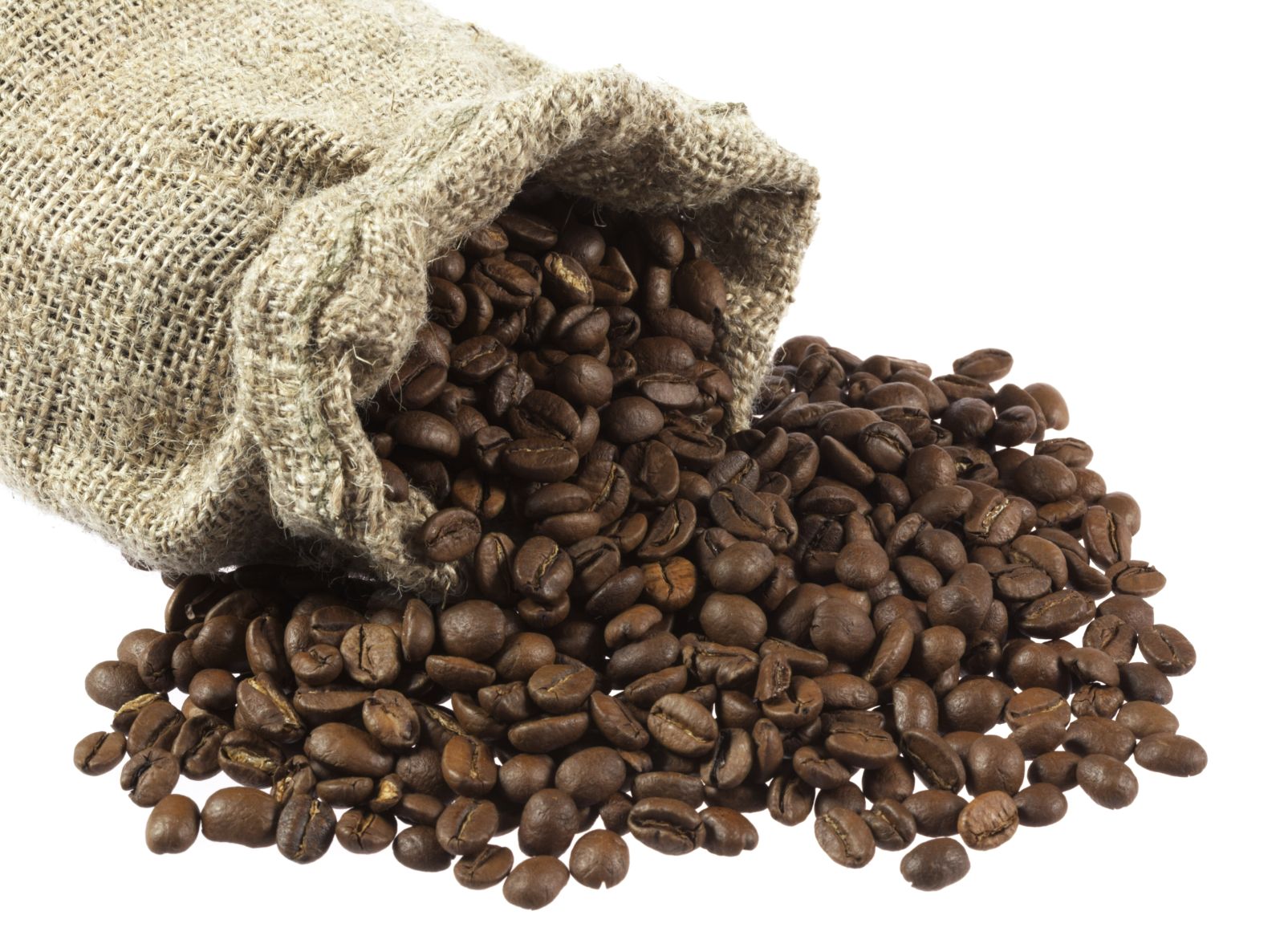
September arabica coffee (KCU24) on Wednesday closed down -6.40 (-2.56%), and Sep ICE robusta coffee (RMU24) closed down -157 (-3.39%).
Coffee prices Wednesday closed sharply lower as they gave back some of this week's sharp gains and consolidated the recent rally. Losses in robusta coffee accelerated Wednesday on a rebound in inventories after ICE-monitored robusta coffee inventories rose to a 1-year high of 6,057 lots.
On Tuesday, Sep arabica and Sep robusta posted contract highs. Also, nearest-future July robusta posted an all-time high, and nearest-future July arabica posted a 2-3/4 month high. Coffee prices have soared this week due to concern that drier-than-normal conditions could adversely affect Brazil's and Vietnam's coffee crops. Somar Meteorologia reported Monday that Brazil's Minas Gerais region received 1.3 mm of rain last week, or only 24% of the historical average. Minas Gerais accounts for about 30% of Brazil's arabica crop. Also, the National Oceanic and Atmospheric Administration (NOAA) said that despite recent rain, some coffee producers in Central America still face a moisture deficit following a drought at the start of the season.
Robusta coffee surged to a record high Tuesday after the General Department of Vietnam Customs reported that Vietnam's June coffee exports fell -11.5% m/m and -50.4% y/y to 70,202 MT, the smallest amount of coffee exports for the month of June in 13 years. Also, Vietnam's Jan-June coffee exports were down -11.4% y/y at 893,820 MT.
Robusta coffee prices are underpinned by fears that excessive dryness in Vietnam will damage coffee crops and curb future global robusta production. Coffee trader Volcafe said on May 22 that Vietnam's 2024/25 robusta coffee crop may only be 24 million bags, the lowest in 13 years, as poor rainfall in Vietnam has caused "irreversible damage" to coffee blossoms. Volcafe also projects a global robusta deficit of 4.6 million bags in 2024/25, a smaller deficit than the 9-million-bag deficit seen in 2023/24 but the fourth consecutive year of robusta bean deficits.
Smaller coffee exports from Costa Rica, the world's fifth largest producer of arabica coffee, are bullish for arabica prices. Last Tuesday, the Costa Rican Coffee Institute reported that Costa Rican coffee exports during Oct-Jun fell -7.6% y/y to 702,097 bags.
Coffee harvest pressures in Brazil are negative for coffee prices after Safras & Mercado reported last Friday that Brazil's 2024/25 coffee harvest was 58% completed as of July 2, faster than 52% last year at the same time and faster than the 5-year average of 54%.
A rebound in ICE coffee inventories from historically low levels is negative for prices. ICE-monitored robusta coffee inventories rose to a 1-year high Wednesday of 6,057 lots, up from the record low of 1,958 lots posted in February 2024. Also, ICE-monitored arabica coffee inventories rose to a 16-month high on June 25 of 842,434 bags, up from the 24-year low of 224,066 bags posted in November 2023.
Vietnam's agriculture department said on March 26 that Vietnam's coffee production in the 2023/24 crop year would drop by -20% to 1.472 MMT, the smallest crop in four years, due to drought. Also, the Vietnam Coffee Association said that Vietnam's 2023/24 coffee exports would drop -20% y/y to 1.336 MMT. The USDA FAS on May 31 projected that Vietnam's robusta coffee production in the new marketing year of 2024/25 will dip slightly to 27.9 million bags from 28 million bags in the 2023/24 season.
There has recently been some bearish coffee export news. The International Coffee Organization (ICO) reported last Friday that global May coffee exports rose +9.8% y/y to 11.78 million bags, and Oct-May global coffee exports were up +10.9% y/y at 92.73 million bags. Also, Cecafe reported on June 12 that Brazil's May green coffee exports surged 90% y/y to 4 million bags. Brazil's exporter group Comexim, on February 1, raised its Brazil 2023/24 coffee export estimate to 44.9 million bags from a previous estimate of 41.5 million bags. Brazil is the world's largest producer of arabica coffee beans.
In a bearish factor, the International Coffee Organization (ICO) projected on May 3 that 2023/24 global coffee production would climb +5.8% y/y to 178 million bags due to an exceptional off-biennial crop year. ICO also projects global 2023/24 coffee consumption will rise +2.2% y/y to 177 million bags, resulting in a 1 million bag coffee surplus.
The USDA's bi-annual report released on June 20 was bearish for coffee prices. The USDA's Foreign Agriculture Service (FAS) projected that world coffee production in 2024/25 will increase +4.2% y/y to 176.235 million bags, with a +4.4% increase in arabica production to 99.855 million bags and a +3.9% increase in robusta production to 76.38 million bags. The USDA's FAS forecasts that 2024/25 ending stocks will climb by +7.7% to 25.78 million bags from 23.93 million bags in 2023/24. The USDA's FAS projects that Brazil's 2024/25 arabica production would climb +7.3% y/y to 48.2 mln bags due to higher yields and increased planted acreage. The USDA's FAS also forecasts that 2024/54 coffee production in Colombia, the world's second-largest arabica producer, will climb +1.6% y/y to 12.4 mln bags.
On the date of publication, Rich Asplund did not have (either directly or indirectly) positions in any of the securities mentioned in this article. All information and data in this article is solely for informational purposes. For more information please view the Barchart Disclosure Policy here.






